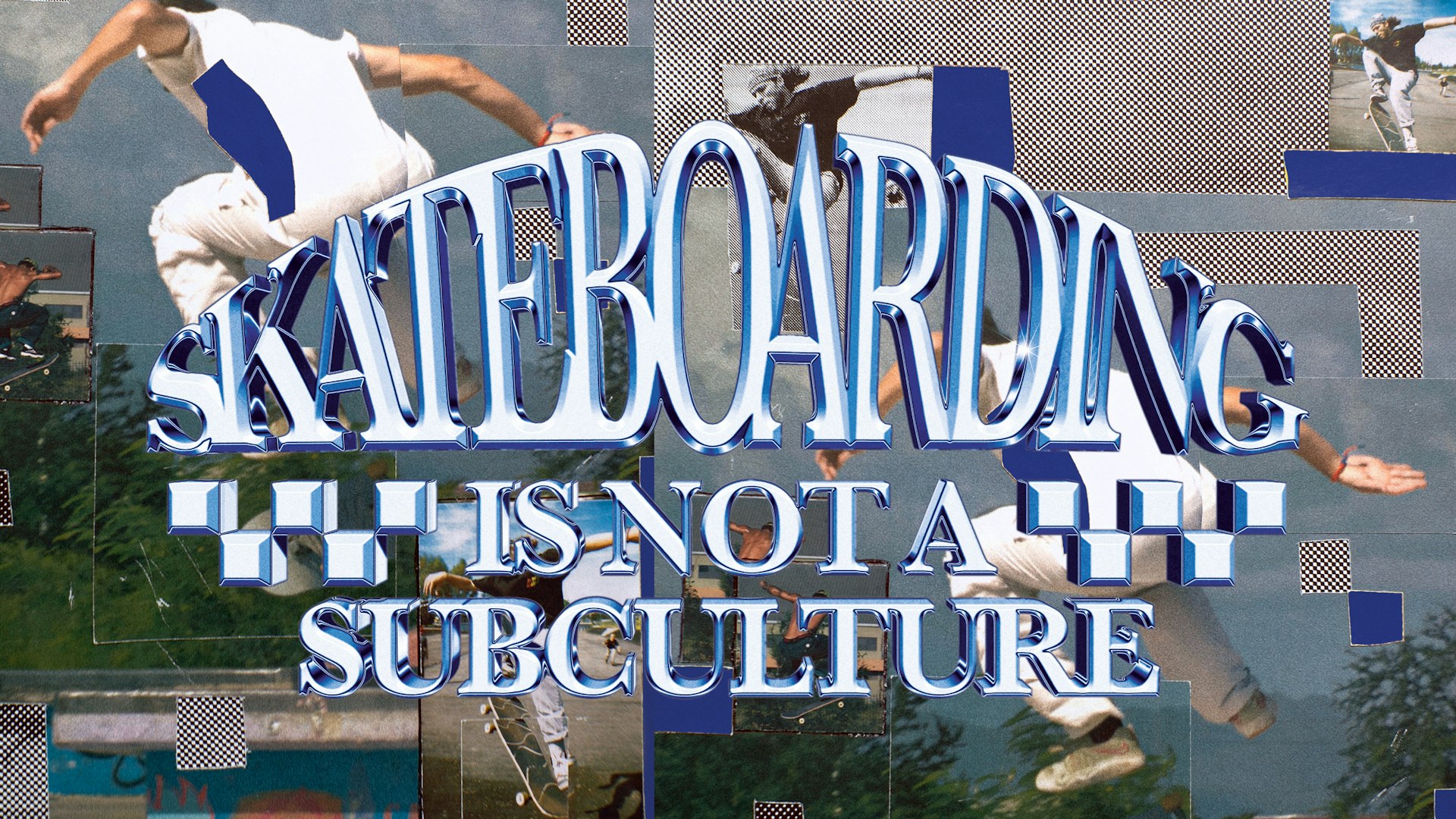New York’s underground art scene is weirder than ever
- Text by Jonathan Turton
- Photography by Walter Wlodarczyk

For nearly a decade, Walter Wlodarczyk has been photographing the independent art communities of New York, challenging a widely held belief that the DIY scene in the city is dead.
According to some prominent New Yorkers, the city’s underground has expired. The argument goes that foreign investors and finance sorts have bought-up the real estate, and priced out those that made NYC interesting in the first place.
Proponents of this narrative include Manhattan behemoths such as David Byrne (Talking Heads) and legendary Warhol ’It’ girl Penny Arcade, who puts forward such views in her one-woman show Longing Lasts Longer. Yet Walter Wlodarczyk’s photographs – accumulated across New York’s five disparate boroughs – suggest the city’s pulse may still have a beat.
“Artists are by nature highly creative, and will always find a way to carve out space in this city,” argues Wlodarczyk.

Sindy Butz performing with Non Grata

Jugger-nut
“Approaches change in response to outside forces, but I don’t see people giving up on the arts in New York en masse. Collectives like Secret Project Robot and Otion Front, among others, are keeping the spirit alive.”
“There’s plenty we can do as individuals to help maintain the character and diversity of the city, but we also need help from our elected officials to create policies that ensure the city won’t be lost to the whims of capitalism.”
Historically, much of the art of New York – and of anywhere, for that matter – has been sourced through a retinue of bohemian and counterculture eccentrics. From Andy Warhol’s Factory, to the Yippie Cafe on Bleaker Street, good art in the city has tended to emanate from left-of-centre circles. In turn, these circles require physical space and creative people to exist.
“These communities are such an important part of our culture (in New York),” explains Walter. “What we need is a government that will do right by the people of the city, and ensure that our efforts and resources go to our communities, not corporations and developers.”

Le Sphinxx

Keijaun Thomas
As a documentarian, Wlodarczyk’s aim is to create photographs that capture the extremity and colour of the lives of artists living in NY.
“I am trying to create a record of one dimension of New York City during my lifetime. The communities I document seem to form somewhat organically amongst friends and like-minded artists.”
“The diversity of lives and experiences in New York is enormous. My photographs represent one small part of everything that comprises life in the city – the life I am able to experience.”
His images capture the inherent creativity and tenacity of New York’s independent art communities, in spite of external forces – such as ever-stricter bureaucracy and rent hikes – that appear to conspire against them.
“It certainly is increasingly difficult to hold on to space and to make a living here, but people find a way.”

FlucT

DeVonn Francis
“The city’s spirit, history, pressures and challenges inspire the art that’s created here. Documenting it through photography is critical to preserving and sharing the work that’s made within them.”
The prime motives of these self-organising groups are often experimentation and participation over financial viability. The Brooklyn-based photographer believes New York’s unique, often challenging context, is what makes the city’s art so special.
“Financial realities can’t be ignored, as spaces and people need to survive, but profit isn’t the underlying motive on these scenes.”
“Profit is generally a secondary consideration to putting on diverse and meaningful programming. Many of the spaces that I document place emphasis on diversity in their shows and aim to be functional parts of their neighbourhoods.”

Lorene Bouboushian

Sto Len
“It seems much more common for smaller, independent art spaces to operate this way, compared to larger, profit-oriented spaces, which can feel out of place in their neighbourhoods and more insular.”
Although maybe not in rude health, Wlodarczyk’s work demonstrates that subterranean art scenes in New York are still present. Secret Project Robot in Brooklyn, in particular, is an example of its vitality. Despite many liberal New Yorkers lamenting the death of New York’s underground, Wlodarczyk’s photographs suggest its creative eco-system is evolving, not capitulating.
“I hope that my work captures some of the less tangible magic of New York City, particularly the spirit and mystery of the city at night, which is clearly still present.”
The most special thing about New York is its people, which Wlodarczyk’s pictures exhibit with aplomb. It’s almost impossible to envisage a time when artists won’t be drawn to this sprawling metropolis in search of inspiration, opportunity and freedom.
“The city is full of incredible people – people who were born here and people who were drawn to come here” adds Wlodarczyk, “I think New York’s unique conditions combine to create a sort of critical mass that we are the beneficiaries of, and long may it continue.”

Poncili Creación

Erica Mancini and Stefan Zeniuk

Bernard Herman’s Haunted New York City

Poncili Creación at a Tile Table dinner

Eartheater
See more of Walter Wlodarczyk’s work on his official website.
Follow Jonathan Turton on Twitter.
Enjoyed this article? Like Huck on Facebook or follow us on Twitter.
Latest on Huck

“I refuse to accept child poverty is a normal part of our society”: Apsana Begum MP on voting to scrap the cap
After seeking to “enhance” the King’s Speech by voting for the scrapping of the controversial two child benefit cap, the MP for Poplar and Limehouse lost the Labour Whip.
Written by: Apsana Begum

Is skateboarding really a subculture anymore?
With skate’s inclusion in the Olympics, Kyle Beachy asks what it means for the culture around the sport, and whether it’s possible to institutionalise an artform.
Written by: Kyle Beachy

Autism cannot be cured — stop trying
A questionable study into the ‘reversal’ of autism does nothing but reinforce damaging stereotypes and harm, argues autistic author Jodie Hare.
Written by: Jodie Hare

Bristol Photo Festival returns for second edition
After the success of it’s inaugural run, the festival returns this autumn with exhibitions, education and community programmes exploring a world in constant motion through still image.
Written by: Ben Smoke

Documenting the life of a New York gang leader paralysed by gun violence
New photobook ‘Say Less’ is a complex yet humanising look into a life wrecked by gun violence and organised crime.
Written by: Isaac Muk

The woman who defined 80s Hip Hop photography
A new exhibition brings together Janette Beckman’s visionary and boundary pushing images of an era of cultural change and moral panic.
Written by: Miss Rosen